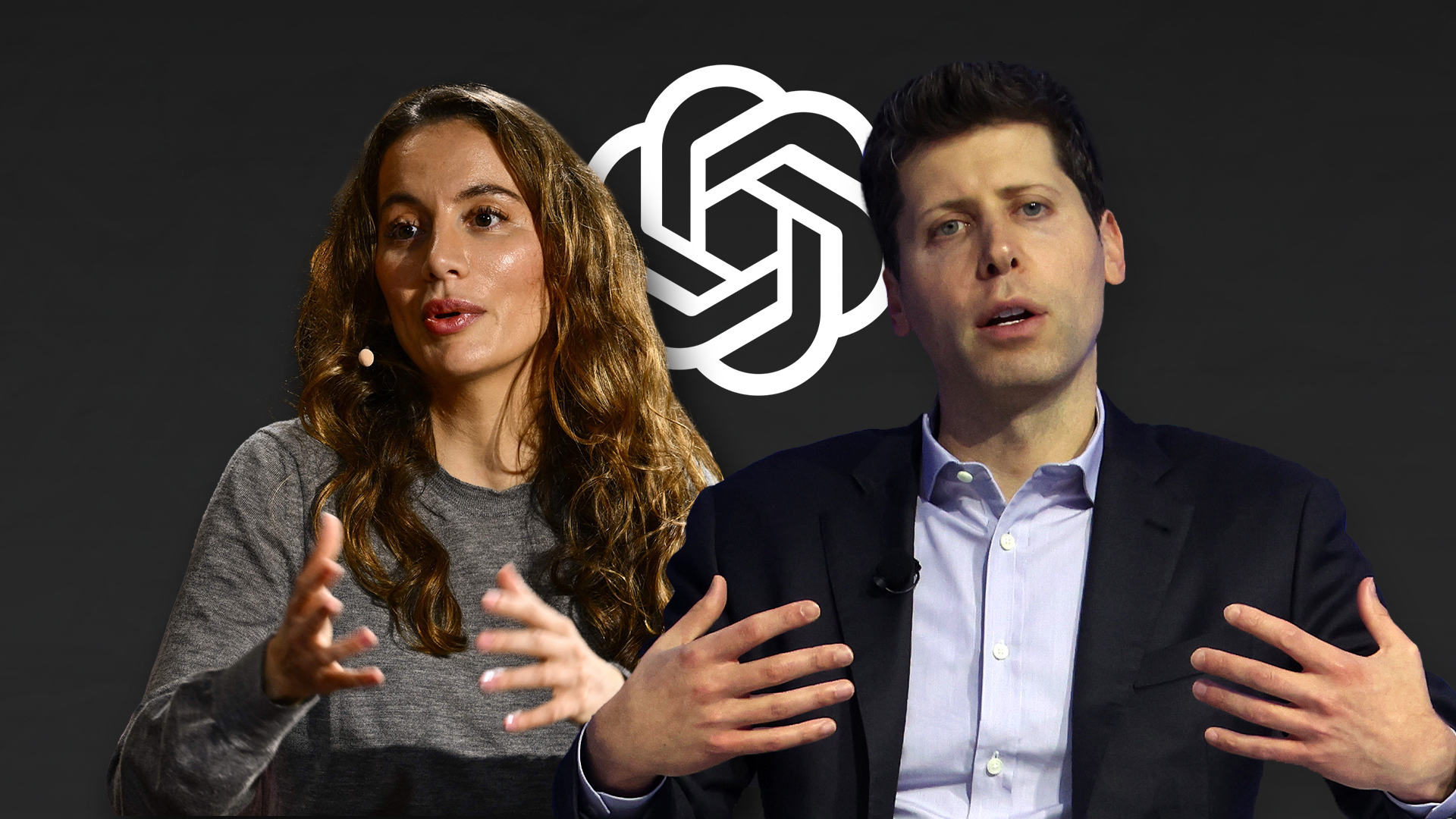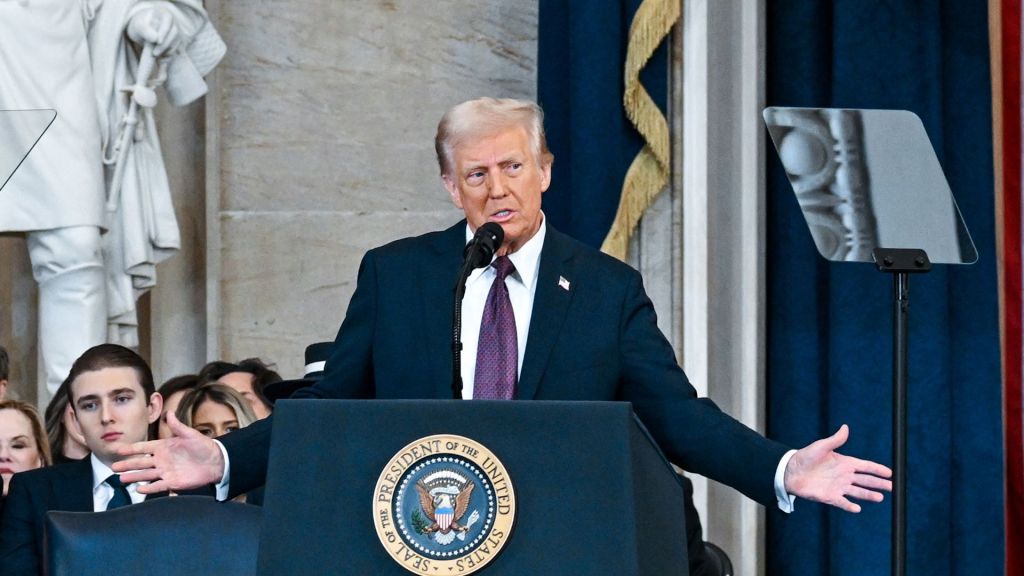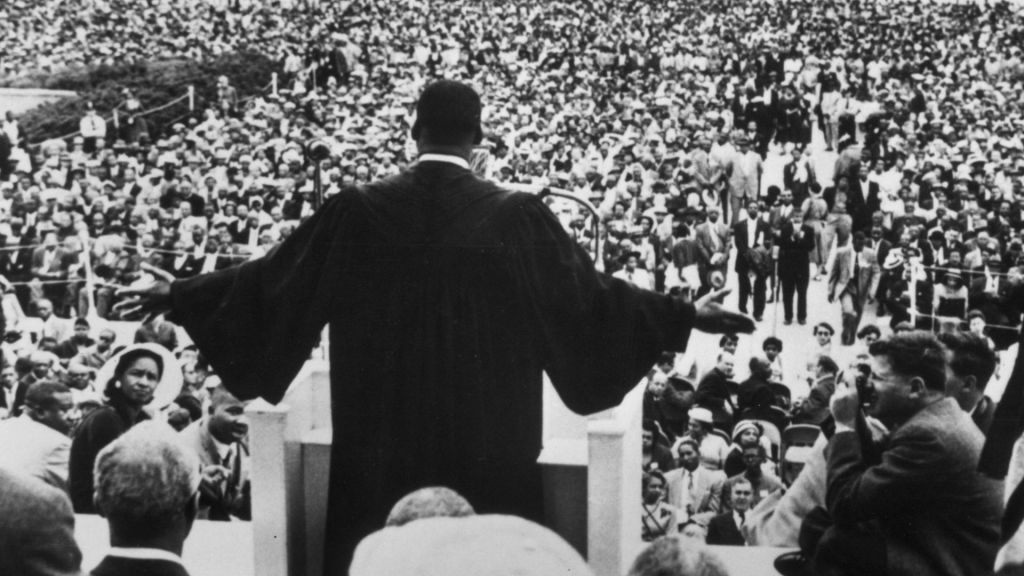
Simone Del Rosario: What is happening behind closed doors at OpenAI?
In a matter of hours, we learned that longtime Chief Technology Officer Mira Murati is leaving the company, with two other veteran executives following her out the door.
Then, it came out that CEO Sam Altman is working to restructure the company into a for-profit endeavor, eliminating the nonprofit arm’s control over the for-profit business. I’ll get into all of the drama behind this move in a minute.
Is the timing coincidental? Here’s what each of the exiting execs had to say.
Mira Murati says, “I’m stepping away because I want to create the time and space to do my own exploration.”
Chief Research Officer Bob McGrew says, “It is time for me to take a break. There is no better capstone to my work here than shipping o1 to the world.”
And Vice President of Research Barret Zoph says, “Right now feels like a natural point for me to explore new opportunities outside of OpenAI.”
Long before this new restructuring to become a for-profit company with a nonprofit arm, (instead of the other way around), ChatGPT-creator OpenAI has been accused of abandoning its nonprofit mission. Co-founder Elon Musk sued the company and Sam Altman over it earlier this year.
Mira Murati was asked about the accusations during a Wall Street Journal interview.
Mira Murati: Our mission is to develop artificial general intelligence and deploy it in a way that benefits humanity, and I think, up until now, and certainly our plan moving forward, is to deploy the technology in ways that benefit people and are accessible and very concretely with ChatGPT, we have done that by having a free tier. That’s certainly our plan moving forward, to have ways. We make this technology easily accessible, freely available to anyone in the world, and we’ll figure out new ways to do that and bring the public along as well.
Simone Del Rosario: OpenAI is certainly entering a new era. Since its founding in 2015, the AI innovator has been a nonprofit. In 2019, they added a “capped profit” arm that was still controlled by the nonprofit’s board of directors. Here’s where the drama comes in.
In November of last year, the nonprofit board fired CEO Sam Altman, without saying much about why beyond that they lost faith and trust in him. Within days, Microsoft had scooped up Altman and any OpenAI employees who wanted to come with. Hundreds of employees threatened to quit if the board didn’t resign. The board did resign, and Altman came back home and installed a new board of directors.
The conflict at OpenAI has long been about this tug-of-war between its core mission and commercial interests. Here’s Sam Altman weeks before his firing.
Sam Altman: We will need huge amounts of capital to complete our mission, and we have been extremely upfront about that. Um, there has got to be something more interesting to talk about in our limited time here together than our future capital raising plans. But we will need a lot more money. We don’t know exactly how much. We don’t know exactly how it’s going to be structured, what we’re gonna do. But, you know, it like, shouldn’t come as a surprise, because we have said this all the way through, like, it’s just a tremendously expensive endeavor.
Simone Del Rosario: Today, OpenAI is on a new fundraising round that New York Times sources say could value the company at $150 billion. It would make it the second most valuable private company behind TikTok owner ByteDance.
But Reuters sources say that valuation hinges on changing OpenAI’s corporate structure. This means the nonprofit would no longer be in control, the company would be run with a for-profit mindset, and Altman would get a stake in the company that could be worth $10.5 billion.
Investors would welcome the news of OpenAI running more like a tech startup, but for those troubled about AI safety, there are concerns about whether OpenAI can responsibly govern itself in a world that is still largely unregulated.
For SAN, I’m SDR.











